I have used the following code in R to generate this graph:
x <- c(0.916, 0.815, 0.101, -0.029, -0.166, 0.949, 0.073, -0.054, 1.006)
y <- c(3.91, 5.17, 1.08, 1.28, 1.01, 4.37, 3.97, 0.77, 4.52)
sd <- c(0.35, 2.26, 0.17, 0.08, 0.27, 0.49, 0.65, 0.12, 1.45)
windows()
plot(x,y, ylim=c(0, 8), xlim=c(-0.4, 1.2), pch=19, cex.axis=0.8,
cex.lab=0.9, xlab="Male/Female expression ratio (log)",
ylab="Z/W expression ratio in females", las=1)
for (i in 1:9) {
up <- y[i] + sd[i]
low <- y[i] - sd[i]
segments(x[i], low, x[i], up)
segments(x[i]-0.02, up, x[i]+0.02, up)
segments(x[i]-0.02, low, x[i]+0.02, low)
}
My question is that how I can get rid of the two top and right axes and only keep the bottom and left axes?

